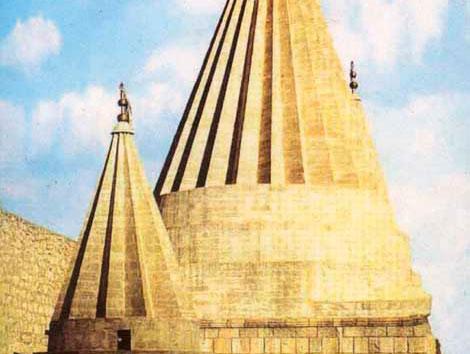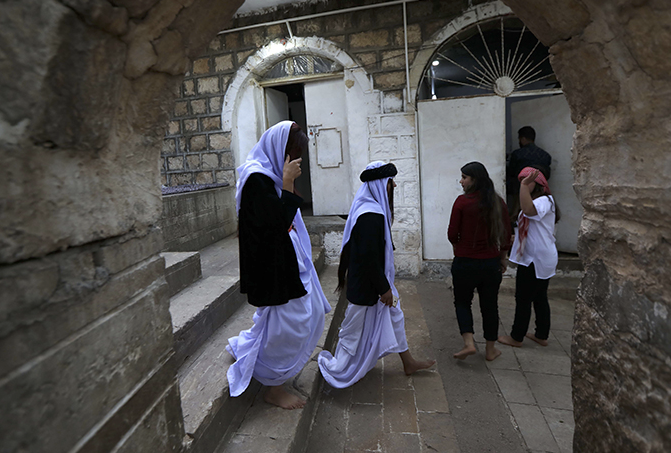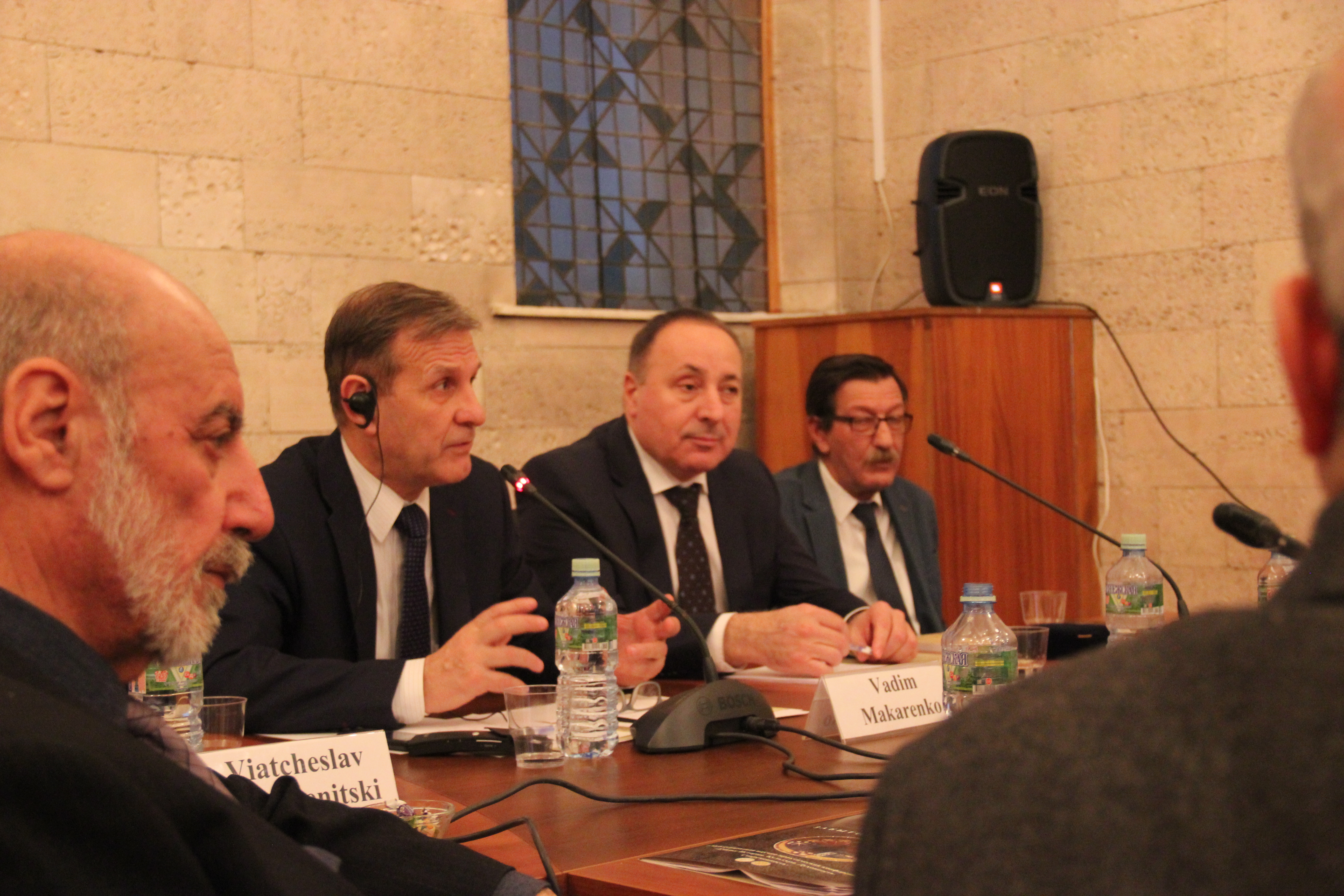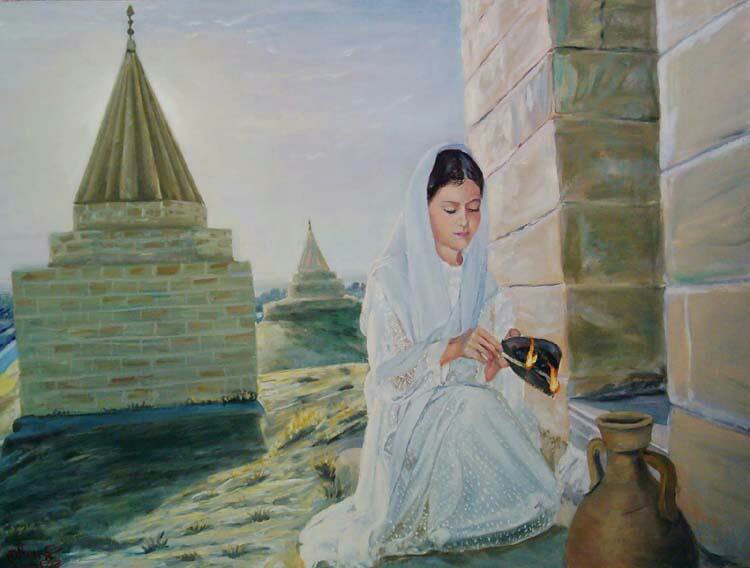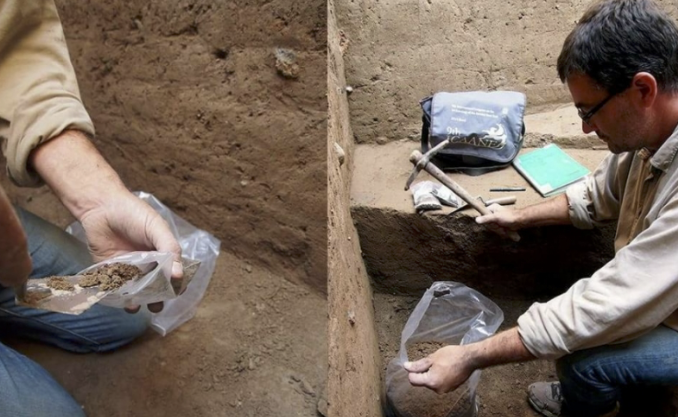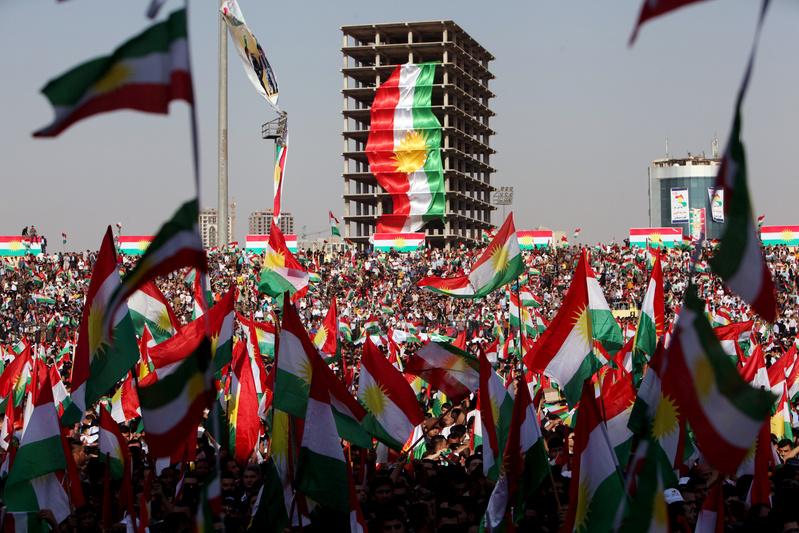Articles
In the Valley of Lalish (Photography)
Swiatoslaw Wojtkowiak / 14 августа 2014 года
On Thursday night, the U.S. Department of Defense announced that radical Islamist militants’ days-long siege of Iraq’s Mount Sinjar was over, broken by U.S. airstrikes, finally enabling thousands of Yazidi refugees who have been trapped along the remote mountain’s craggy ridges for more than a week to escape. Until approximately 10 days ago, the Yazidi sect, an esoteric and historically persecuted religious minority group concentrated in northern Iraq, was relatively unknown. But for the past week, the entire world has been watching as this tiny group of less than a million people became the latest targets of Islamic State of Iraq and the Levant extremists, who launched a campaign against “heretics” that resulted in the slaughter of hundreds of Yazidi men, women and children and the flight of tens of thousands more to arid Mount Sinjar, where their situation rapidly escalated to a humanitarian crisis. Their choice: death by starvation and exposure above or death at the hands of their tormentors below. Thanks to the airstrikes and to help from nearby Kurdish forces, most were able to escape to safety—though many say they will never return to their villages. In October and November of 2011, before the latest pogrom against the Yazidis, photographer Swiatoslaw Wojtkowiak photographed daily Yazidi life in the valley of Lalish. His surreal portrayal of the group’s customs give us a glimpse into a culture on the brink of extinction.
The Yazidis, whose religious beliefs and customs blend elements of Islam, Christianity and Zoroastrianism—from circumcision to baptism to fire worship—have endured persecution for centuries. Their long history of oppression has largely been a consequence of their reverence for Melek Taus, the “Peacock Angel,” a fallen angel whose closest analogue in Christianity and Islam is Satan (thus explaining their label as “devil worshippers”).
Источник: www.politico.com

